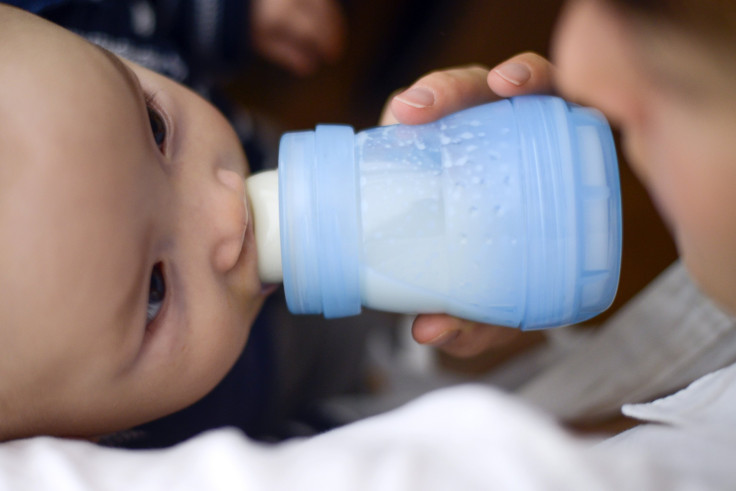BMI At 2 Months Predicts Childhood Obesity More Accurately Than Current Standard

There’s an old wives tale that says if you double the number of a child’s height at age 2, it’ll predict how tall he or she will be as an adult. My sister, an advocate of all things math, tried this with her two children, yet my niece, who is now an adult, is considerably shorter than the prophecy suggested. No worries, it’s become a family joke how Marina failed to reach the goal line; one day — maybe when she’s 45 or 50 — she’ll unexpectedly shoot up and reach her true height.
Researchers at The Children’s Hospital of Philadelphia are now presenting another predictive tool to be used in early development, but this one is no laughing matter. Babies with a high body mass index (BMI) at age 2 months are at risk for obesity at 2 years, the pediatric scientists discovered. They say BMI better predicts early childhood obesity than the current standard, weight-for-length.
Dr. Babette S. Zemel, senior author and director of the hospital’s Nutrition and Growth Laboratory, recommends doctors consider measuring BMI in early infancy.
Overweight in the United States
Over the past 30 years, childhood obesity has more than doubled in younger children and quadrupled among teens. More than a third of children and teens were overweight or obese in 2012, the Centers for Disease Control and Prevention estimates. Precisely, the percentage of obese children between 6 and 11 increased from 7 percent in 1980 to nearly 18 percent in 2012, while the percentage of obese teens increased from 5 percent to nearly 21 percent during the same time period.
While there have always been chubby children, there are consequences to carrying extra weight at a young age. Kids who are obese are likely to grow up to be obese adults, which means they will be prone to heart disease, Type 2 diabetes, stroke, several types of cancer, sleep apnea, and osteoarthritis. Potential “softer” problems they face include psychological difficulties such as poor self-esteem and stigmatization.
Seemingly, then, learning early which children might become obese gives parents and health care providers a chance to change the course of a child’s life. For the current study, the researchers analyzed medical records of nearly 74,000 infants seen during their first two years from 2006 through 2011. While BMI charts are available from birth to age 2, they’re generally not used — weight-for-length charts are more popular. So, which is the better predictive tool?
The team discovered that 31 percent of 2-month-old babies with a BMI at or above the 85th percentile were obese at age 2, compared to 23 percent of 2-month-old babies at the 85th percentile with weight-for-length. Meanwhile, 47 percent of the babies in the 97.7th percentile for BMI at age 2 months were obese at age 2 years compared to 29 percent for weight-for-length. Though after age 6 months, BMI and weight-for-length agreed, high BMI at age 2 months was a better predictor of obesity at 2 years old than the accepted weight-for-length measure.
Source: Roy SM, Spivack JG, Faith MS, et al. Infant BMI or Weight-for-Length and Obesity Risk in Early Childhood. Pediatrics. 2016.



























